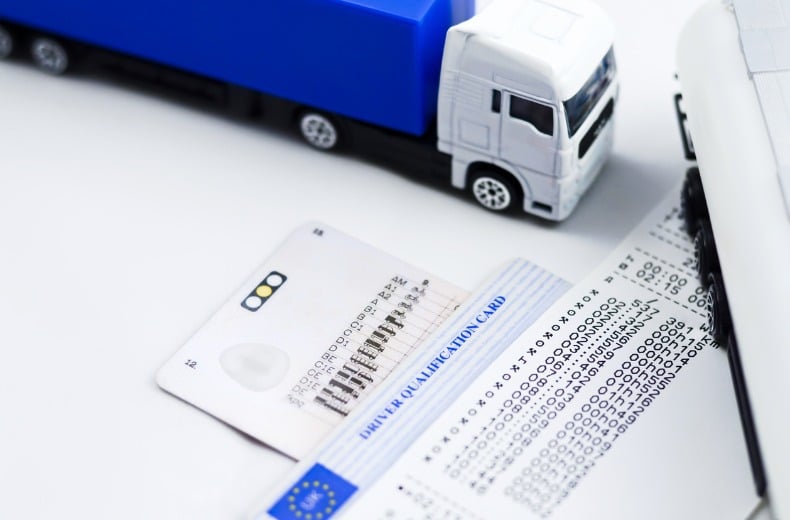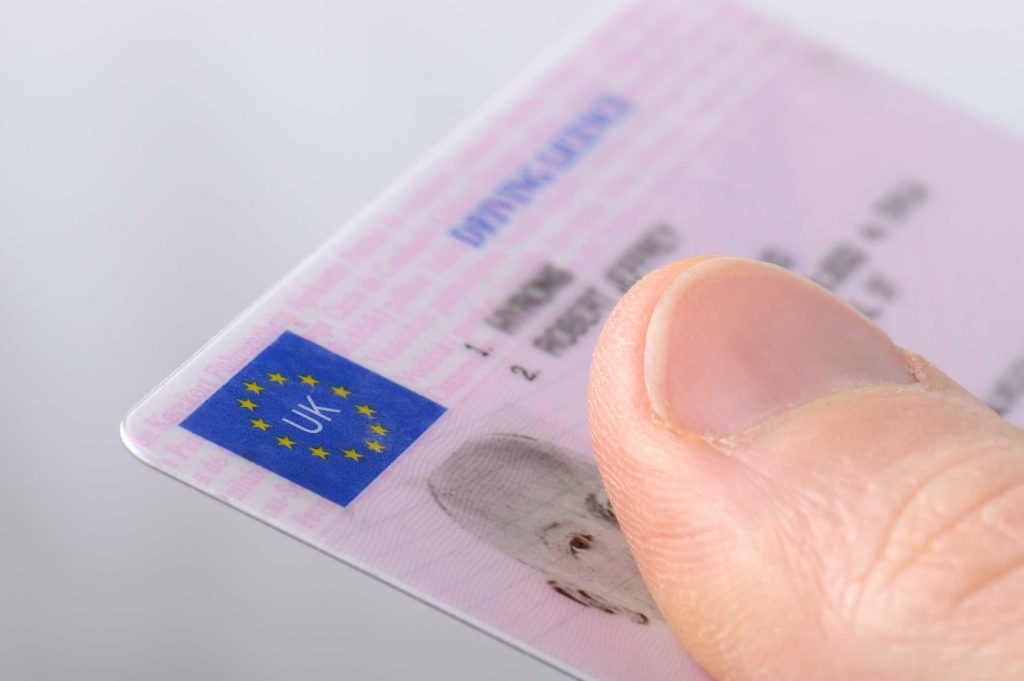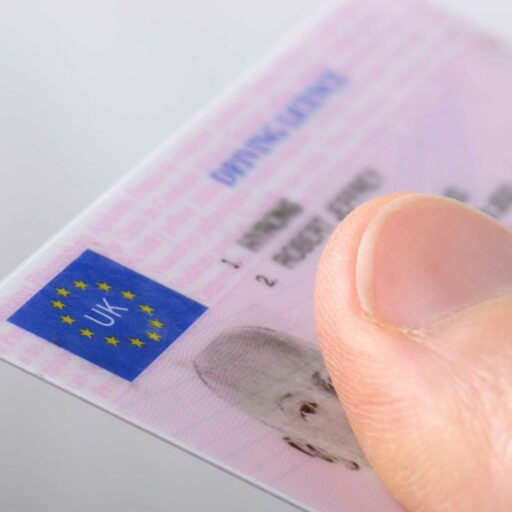UK driving license
Knowing UK driving license
Want to know the ins and outs of the UK driving licence? You’ve come to the right place
In the UK, a driving licence is more than just a form of identification—it’s your official permission to drive a car and, in some cases, other types of vehicles. However, with all the different details, categories, and codes printed on it, understanding what everything means can be a bit confusing. If you’ve ever wondered what the front of your licence displays or what the information on the back represents, here’s a simple breakdown to help you make sense of it all. This guide will explain all this.
Front of the driving licence explained
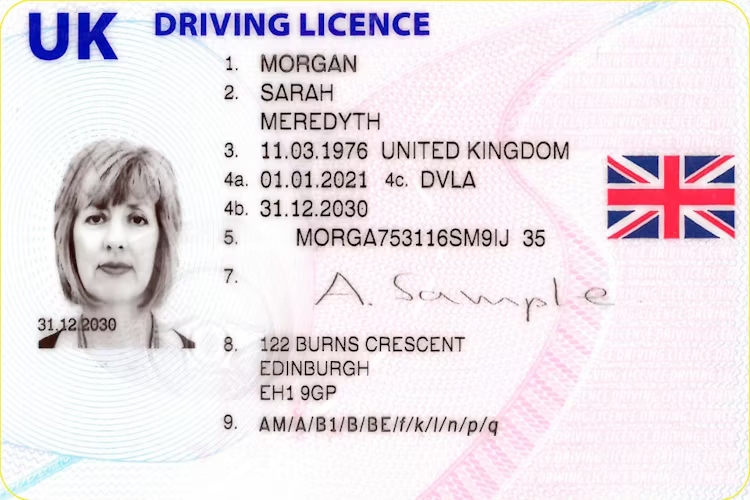
Understanding the UK Driving Licence: A Simple Guide
In case you’re trying to figure out everything about the UK driving licence, you’re in the right place! Whether you’re applying for your first licence, upgrading to a full one, or just curious about how it all works, this guide will break it down in a clear and relatable way.
Items on the Front of a UK Driving Licence?
Every UK driving licence has different sections that contain important information. Each section is marked with a number, and here’s what they mean:
Surname – Your last name.
First name(s) – Your given name(s).
Date and place of birth – Your birth date and the country you were born in. 4a. Date of issue – The date your licence was issued. 4b. Expiry date – The date your licence will expire. 4c. Issuing authority – The agency responsible for your licence (usually the DVLA).
Driving licence number – A unique code based on your personal details.*
Photograph – Although not numbered, this is an essential part of your licence.
Signature – Your personal signature.
Address – The home address linked to your licence.
Vehicle categories – The types of vehicles you’re allowed to drive.
*Your driving licence number is created using:
The first five letters of your last name.
Your birth year, month, and day (arranged in a specific format).
The initials of your middle names (or a ‘9’ if you only have one middle name).
Additional numbers assigned by the system, including your licence issue number.
What’s on the Back of a UK Driving Licence?
The back of your licence contains a table with four columns, each providing key details about your driving privileges:
1- Column 9 – The type of vehicle you’re allowed to drive, with a code and an image for reference.
2-Column 10 – The date from which you are licensed to drive that type of vehicle.
3-Column 11 – The date your licence for that vehicle category expires.
3-Column 12 – Special driving codes that apply to you (e.g., ‘115’ means you’re an organ donor).
Understanding Driving Licence Categories
Your driving licence doesn’t just say you can drive; it specifies exactly what types of vehicles you are allowed to operate. These categories include everything from motorcycles to large trucks, and each has its own code and icon to make it easier to identify.
Driving Licence Codes?
In addition to the vehicle categories, there are also driving licence codes. These don’t relate to vehicles but instead specify certain conditions attached to your licence. For example:
You may need to wear glasses or contact lenses while driving.
You might have restrictions based on medical conditions.
Some codes indicate if you’re an organ donor.
These codes ensure that drivers meet all necessary requirements for safe driving on the road.
Final Thoughts
Understanding your UK driving licence is essential, whether you’re a new driver or just want to stay informed. From personal details to vehicle categories and special conditions, your licence holds all the key information about your driving permissions. If you ever need to check what you’re allowed to drive or any restrictions that apply to you, just take a look at the front and back of your licence!
The licence codes are as follows (information taken from UK Gov website, multiple codes shown per line to reduce scrolling).
Driving Licence Codes and Their Meanings
In case you’ve ever looked at your driving licence, you might have noticed some numbers printed on it. These are restriction or entitlement codes, which specify conditions or modifications that apply to your driving. Here’s what they mean in simple terms:
Vision and Hearing Aids
- 01 – Requires vision correction (e.g., glasses or contact lenses).
- 02 – Needs a hearing or communication aid.
Vehicle Modifications for Accessibility
- 10 – Modified transmission.
- 15 – Modified clutch.
- 20 – Modified braking system.
- 25 – Modified accelerator.
- 30 – A combined braking and accelerator system (only for licences issued before 28 November 2016).
- 31 – Adapted pedals or pedal safeguards.
- 32 – A combined brake and accelerator system.
- 33 – A system that combines braking, acceleration, and steering.
More
- 35 – Modified control layout.
- 40 – Modified steering.
- 42 – Adjusted rear-view mirrors.
- 43 – Modified driving seat.
Motorbike-Specific Modifications
- 44 – General motorbike modifications.
- 44(1) – Single brake operation.
- 44(2) – Adapted front wheel brake.
- 44(3) – Adapted rear wheel brake.
- 44(4) – Adapted accelerator.
- 44(5) – Adjusted manual transmission and clutch.
- 44(6) – Adjusted rear-view mirrors.
- 44(7) – Adjusted controls (e.g., indicators, brake lights).
- 44(8) – Seat height modified so both feet can touch the ground while seated.
- 44(11) – Adapted footrest.
- 44(12) – Adapted handgrip.
Vehicle Type Restrictions
- 45 – Allowed to ride a motorbike only if it has a sidecar.
- 46 – Only permitted to drive tricycles (for licences issued before 29 June 2014).
- 70 – Licence was exchanged from a different country.
- 71 – Duplicate of an original licence.
Transmission and Vehicle-Specific Restrictions
- 78 – Can only drive vehicles with automatic transmission.
- 79 – Restricted to vehicles that meet specific conditions listed on the licence.
- 79(2) – Can only drive 3-wheeled mopeds or light quadricycles.
- 79(3) – Restricted to tricycles.
Towing and Weight Restrictions
- 96 – Can tow a trailer of at least 750kg, but the total combined weight must be between 3,500kg and 4,250kg.
- 97 – Cannot drive category C1 vehicles (medium-sized goods vehicles) that require a tachograph.
Passenger and Use Restrictions
- 101 – Not permitted to drive for commercial profit (hire or reward).
- 102 – Can only tow drawbar trailers.
- 103 – Must have a certificate of competence.
- 105 – Vehicle cannot be longer than 5.5 metres.
- 106 – Restricted to automatic vehicles.
- 107 – Vehicle must not exceed 8,250kg.
- 108 – Must meet minimum age requirements.
- 110 – Only allowed to transport people with restricted mobility.
- 111 – Can only carry up to 16 passengers.
- 113 – Limited to 16 passenger seats unless driving an automatic vehicle.
Additional Special Conditions
- 114 – Must use special controls for safe driving.
- 115 – Registered as an organ donor.
- 118 – Specifies the earliest start date of entitlement.
- 119 – Vehicle weight limits do not apply.
- 121 – Subject to special conditions set by the Secretary of State.
- 122 – Licence is only valid after successfully completing the Basic Moped Training Course (not applicable to trial e-scooters).
- 125 – Can only drive tricycles (for licences issued before 29 June 2014).
These codes are there to ensure that drivers operate vehicles safely according to their abilities and legal requirements. If you see any of these numbers on your licence and are unsure about them, it’s always best to check with your licensing authority for further clarification.
Driving licence FAQs
Where is the driving licence number?
Your driving licence number can be found on the front of your photocard licence, under section 5.
Where is the issue number of a driving licence?
Your driving-licence issue number is on the same line as your licence number, with a slight space between the two numbers.
What type of driving licence do I have?
There are two main types of driving licence in the UK, full and provisional. A full licence will be pink and a provisional licence will be green, and clearly marked.
Following on from that there are a number of different licence categories, which set out what type of vehicles you are allowed to drive. If you have passed your car driving test you will be allowed to drive cars, which are class B on your driving licence, defined as vehicles with no more than eight passenger seats, and weighing no more than 3,500kg, fully laden.
Are paper driving licences still valid?
If you have a paper driving licence that was issued before March 2000 and the information on it is still correct, it is still valid. If you need to change your name or address, a photocard licence will be issued to replace the paper one, though
Driving in the UK
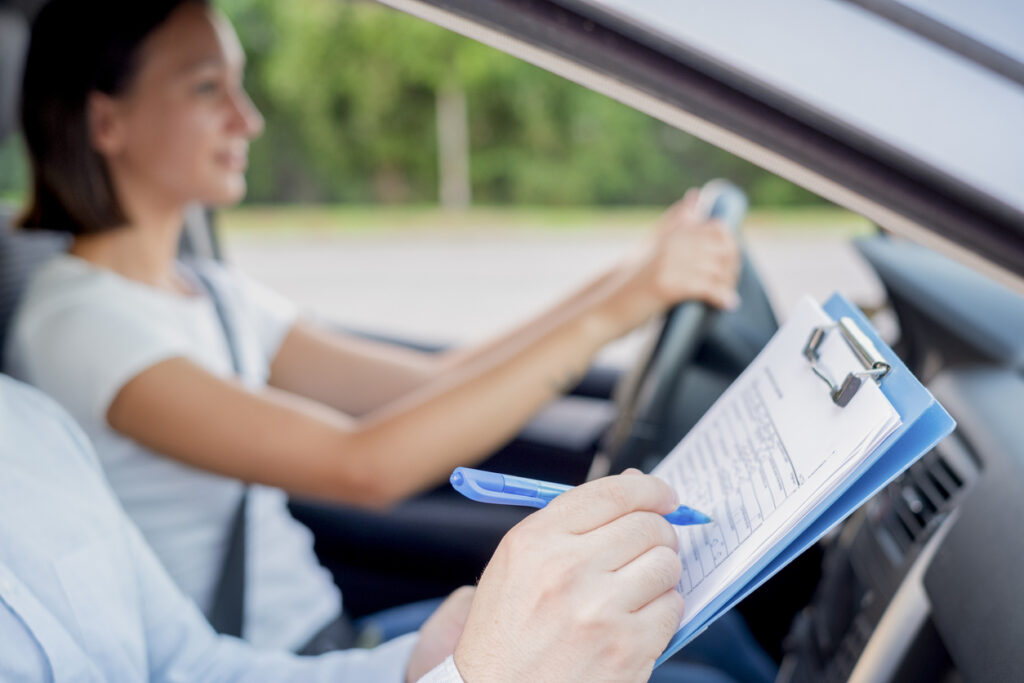
Driving uk license
If you’re planning to drive in the UK, there are a few important rules you need to follow to stay legal on the road. Here’s what you must have before getting behind the wheel:
- A valid and up-to-date driving licence
- Car insurance to cover any potential accidents or damages
- A vehicle registered under your name
- A valid road tax (although some exemptions apply)
To help you understand the process better, the Immigration and International Student Advice team has put together a helpful guide. If you’re looking for more details, especially about riding mopeds and motorcycles, you can check out the UKCISA website for additional resources.
Following these rules will ensure you have a smooth and legal driving experience in the UK!
UK DRIVING LICENSE
Buy a Driver’s License – No Exam Required
Are you searching for a way to get a driver’s license without going through the hassle of exams? Buying a legitimate driver’s license online is now possible. We provide a registered UK driver’s license without the need for testing, making the process quick and stress-free.
With the increasing difficulty of obtaining a driver’s license legally in Europe, many people find themselves struggling with complex procedures. In some cases, individuals even consider relocating to another country just to meet the requirements.
Fortunately, there is a simpler solution. You can now purchase a valid and registered European driver’s license without stepping into a driving school. Our behind-the-scenes network ensures that you receive an official license, hassle-free.
Forget the long wait times and frustrating bureaucracy—get your driver’s license the easy way today!
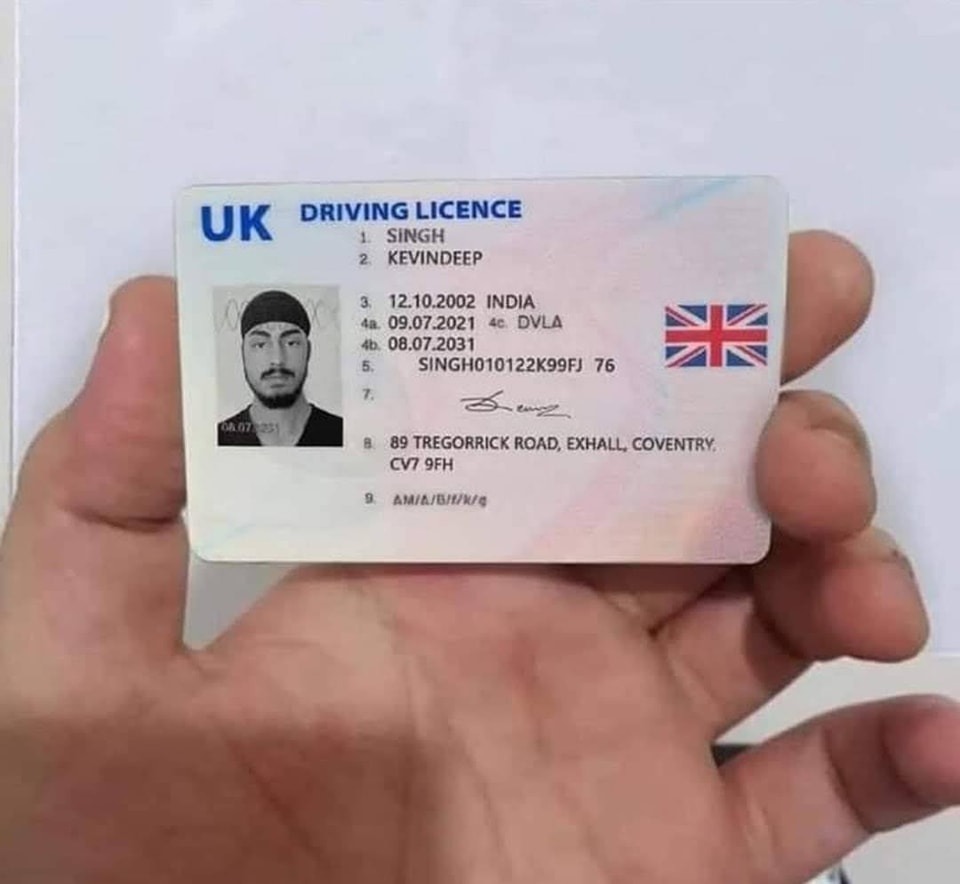
How to buy UK DRIVING license from this site
We work with driving schools in the UK where hundreds of drivers pass every year. We understand, however, that you may be too far from us or not have much time and money at your disposal. Your file will be treated with the name of one of these automatic schools, with consistency and
professionalism so that there is no visible difference
between it and the others. Buy drivers licence. buy driving licence b online,
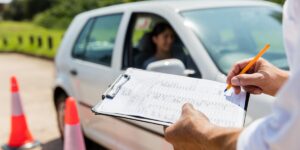
We register you for the theoretical and practical exam and you automatically pass the exams. The license is then delivered to one of these driving schools that they sent us on behalf of our partnership and after registering the license in the database via our contacts on the site. We send you back through a shipping agency. Buy Drivers licence online.
We provide absolutely all categories of driving licences in the Uk from the sub-categories of category A for two-wheeled vehicles to the sub-categories of category D for passengers, including the sub-categories of categories B and C for vehicles light trucks and trucks. Buy driving license online at an affordable price now.
We have designed a system that guarantees you complete anonymity, allowing you to be in good standing in the event of an inspection so you can drive peacefully and have nothing to fear. A driver’s license is an official document that confers the administrative right to drive a vehicle in a particular country. Gives the right to drive on a public road one or more vehicles which can be a car (category B for less than 3500 kilograms and C for over 3500 kilograms), a motorcycle (category A), a moped, a truck (category C ), a bus (category D) or for coupled vehicles (category E). buy genuine driving licence, buy real driving licence, buy authentic driving license in the UK
GET IN TOUCH WITH US
buy driving licence | buy driving licence uk | buy driving licence without test | buy driving licence online | buy driving licence eu | how to buy driving licence in uk | how to buy driving licence | where to buy driving licence | buy driving licence in uk | buy driving licence online uk | buy driving license no test | buy driving license online | buy driving license uk | buy driving license | buy driving license without test
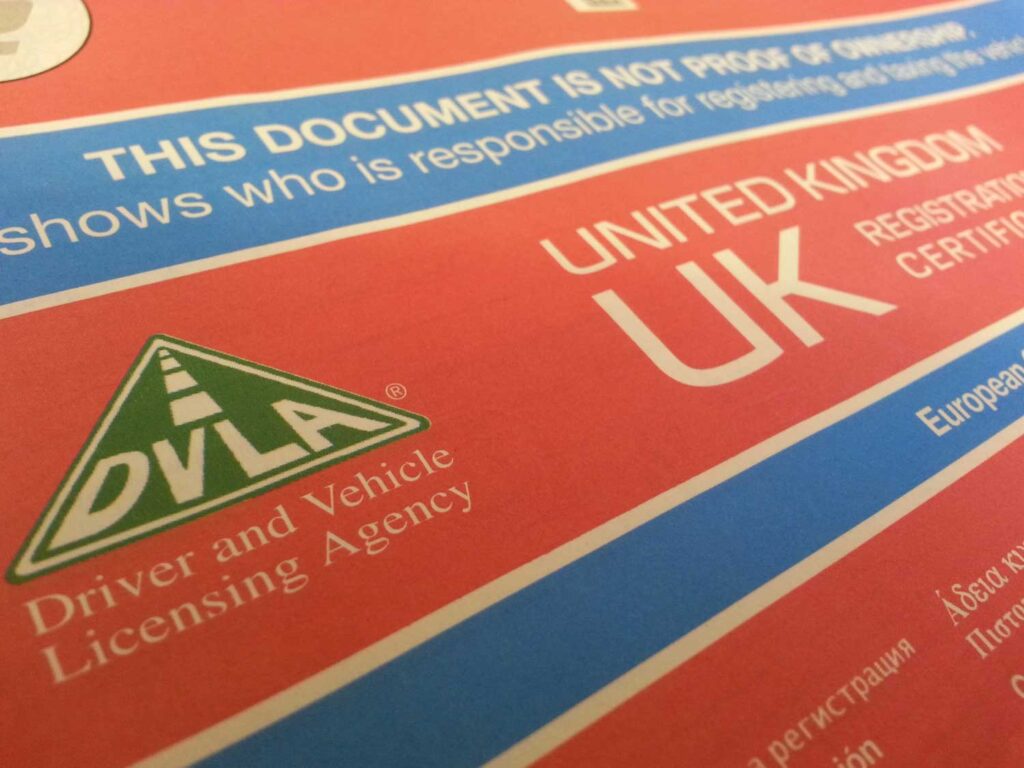
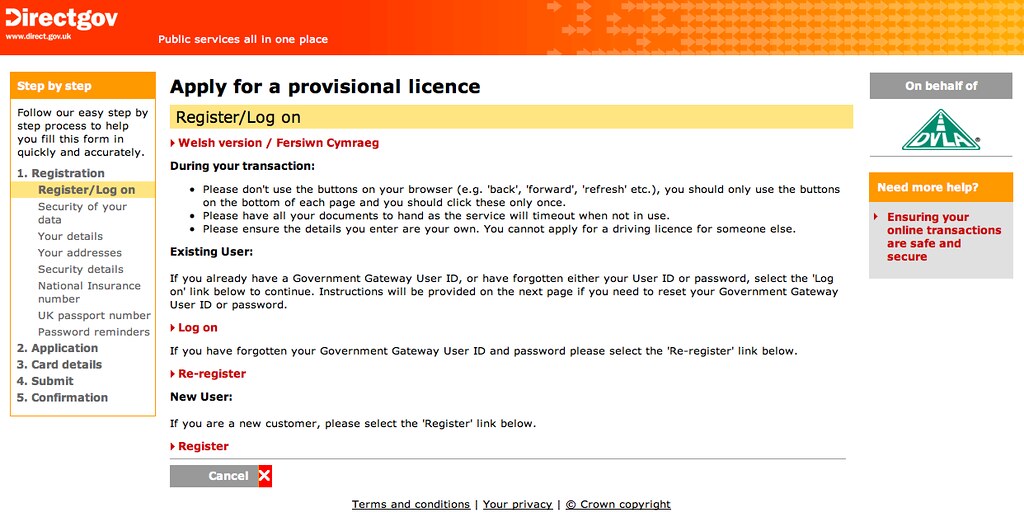

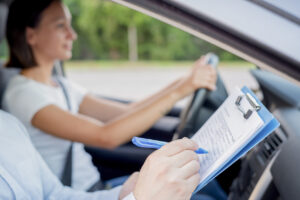
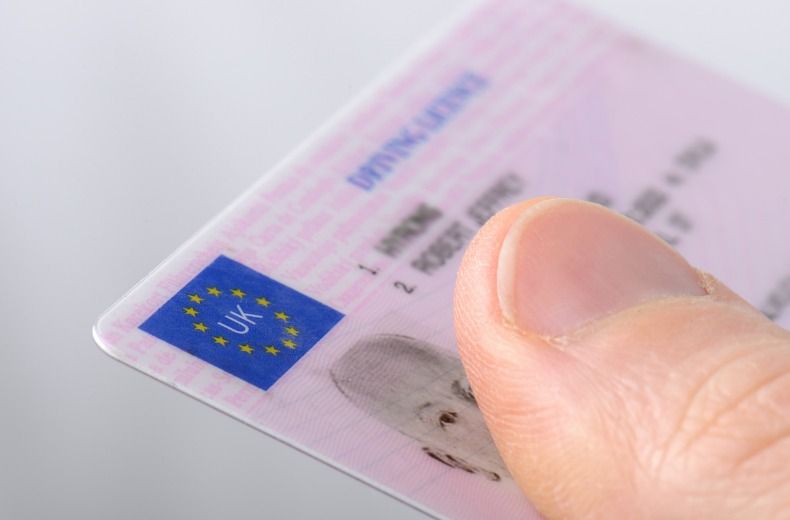 17th Dec 2021
17th Dec 2021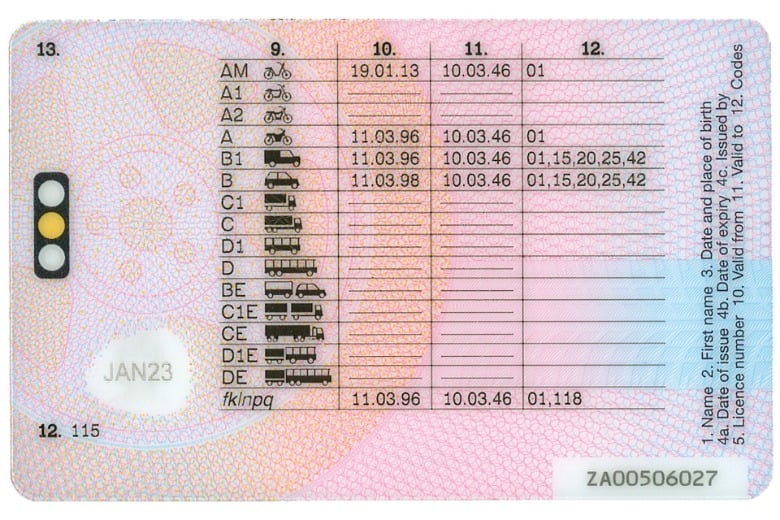 The easiest way to see which categories your licence covers is to look at section nine of your photocard. Found on the front of the card, this section shows driving licence categories represented by letters separated by commas or slashes. Capital letters refer to categories recognised across Europe, while lower case letters refer to national categories. On the back of your driving licence, you’ll notice a table with three columns:
The easiest way to see which categories your licence covers is to look at section nine of your photocard. Found on the front of the card, this section shows driving licence categories represented by letters separated by commas or slashes. Capital letters refer to categories recognised across Europe, while lower case letters refer to national categories. On the back of your driving licence, you’ll notice a table with three columns:
